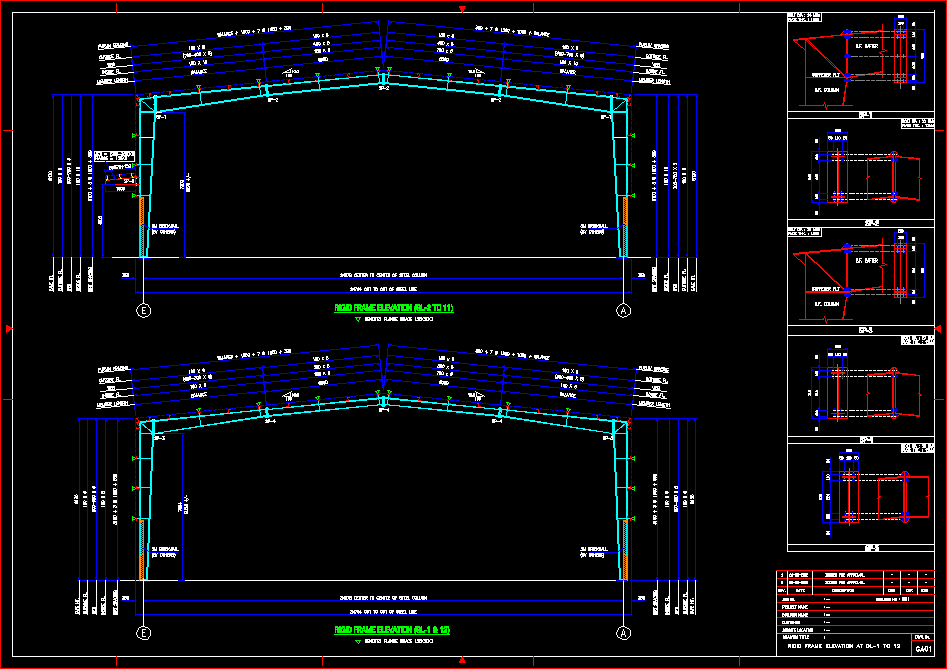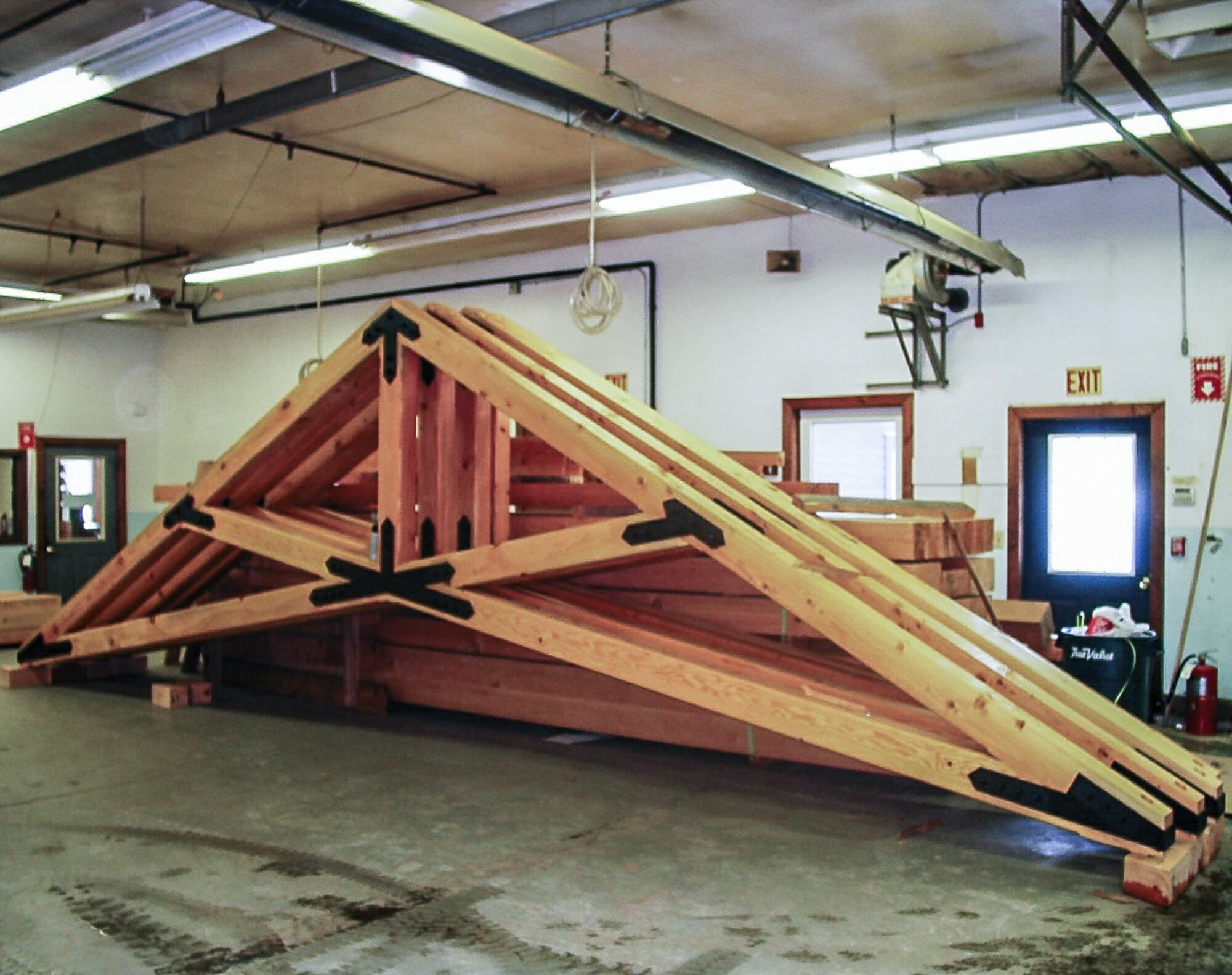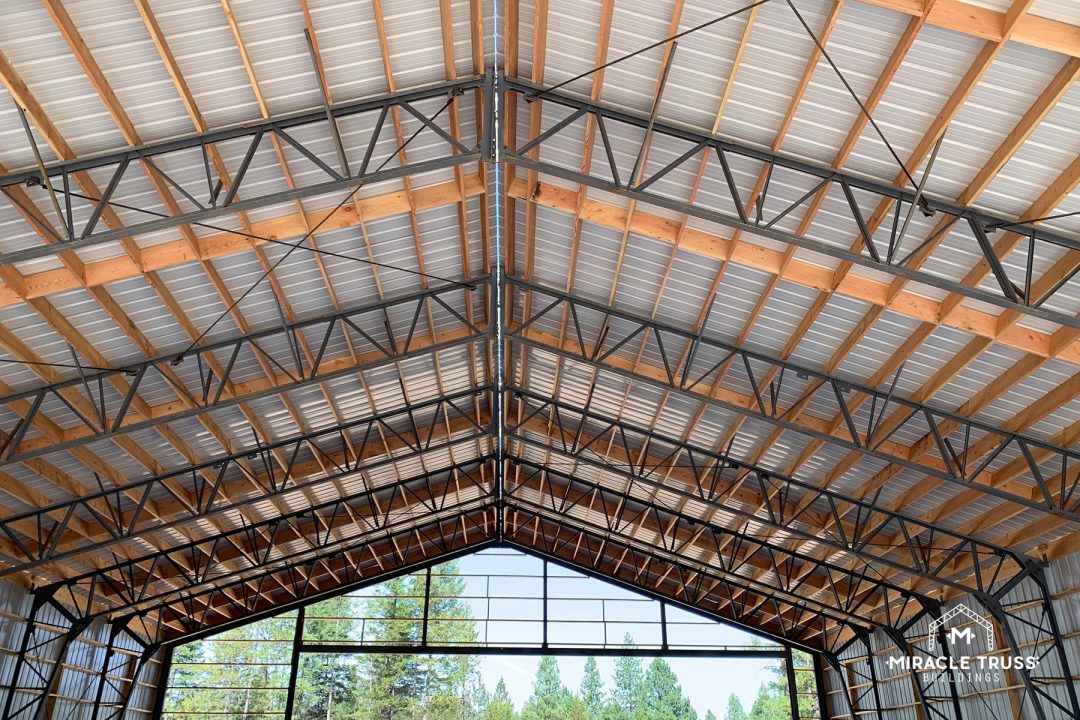
In most architectural styles that predate the 20th-century rafter tails were almost always used. The use of PVC rafter tails is the perfect way to emulate traditional timber frame construction. With these options, you can understand the variety of uses for this detail in different styles of architecture. They run in two different directions atop the column and have a unique scroll detail. We see this often as a detail in British West Indies style homes on the second-floor patios.
#Rafter design free
The bolster is a horizontal timber on a column or post that gives support to the free span of a structural beam. You see these at the intersection of the gable end and the tie beam or at a cantilever porch or balcony.įinally, we use a Bolster in different styles of architecture which gives a very unique look to the design. An outrigger is a beam extending outward from the main structure to support the projection of a floor or roof rafter, fly rafter, or barge board.It has on a different scale the ability to be an Outrigger. These are a rafter that projects out at the gable end that supports in conjunction with the roof decking the fly rafter, facia, or barge board. You will also see them used in Gable ends used as an Outlook or a Lookout. In coastal architecture used under a bay window or small balcony.

These units are usually applied to the structure, S-shaped typically ornately carved and the top is larger than the lower.

Depending on where it is used on a home, it can also be used as an Outlooker, Outrigger, Lookout, or Tailpiece. In coastal architecture used under a bay window or small balcony.Ī rafter tail can be used typically in the overhang or soffit system of a home replicating the look of a traditional roof decking support.

An Outrigger is a beam extending outward from the main structure to support the projection of a floor or roof rafter, fly rafter or barge board.We call them Rafter tails because they are the tail end or exposed end of a rafter.Ī rafter tail is also called, depending on where it is used on a home, as an Outlooker, Outrigger, Lookout, or Tailpiece. The Rafter tail is typically scrolled and detailed and is a major component of the soffit system in timber frame construction. This structural element is secured to the top of the wall or tie beam and then projects to support the soffit overhang. Rafter tails are the exposed exterior portion of a building’s wood structural truss that projects beyond the perimeter wall of the structure. Why is timber-framed construction not often done?


 0 kommentar(er)
0 kommentar(er)
